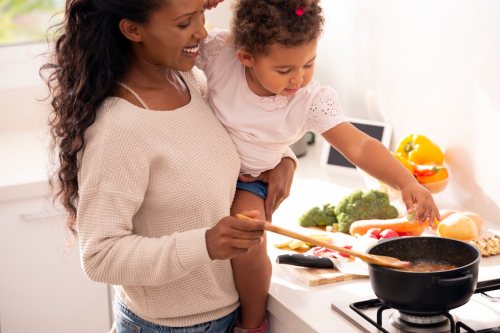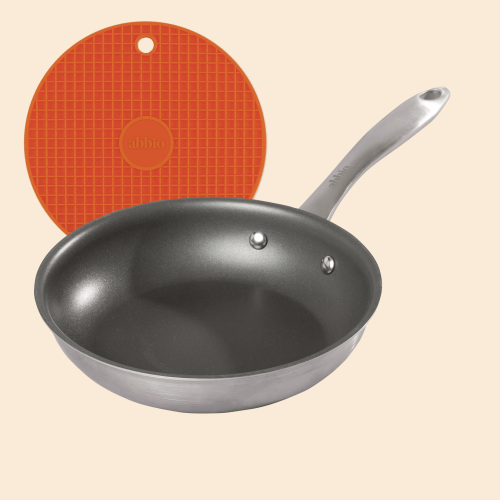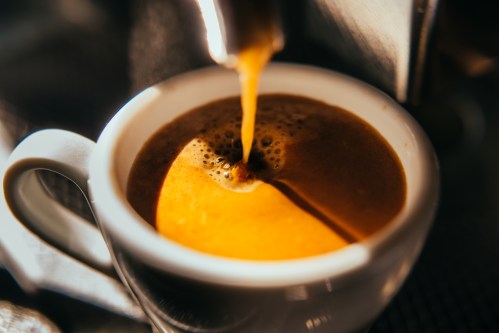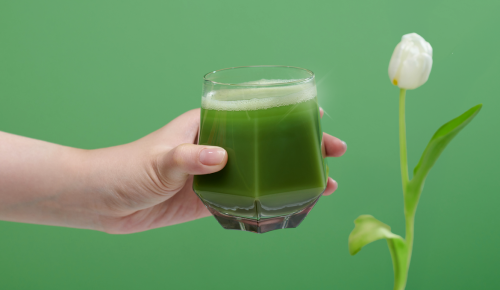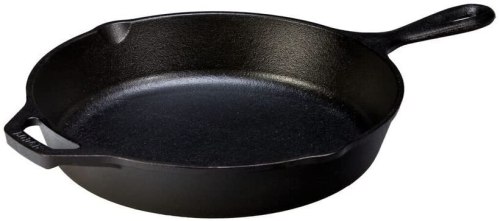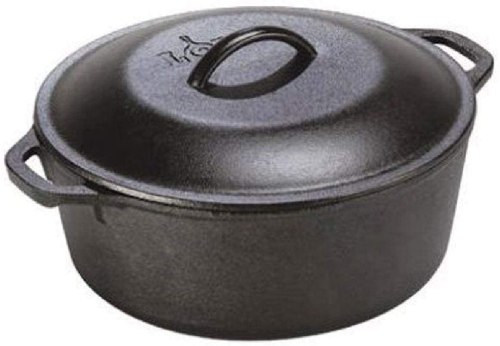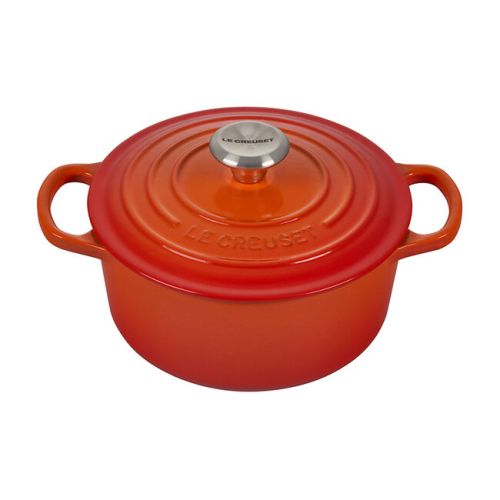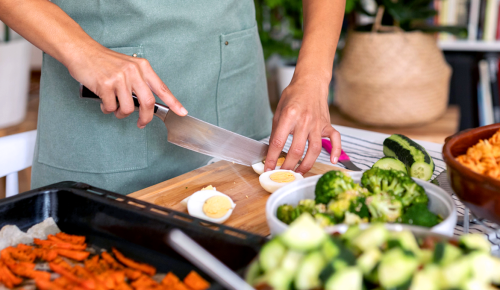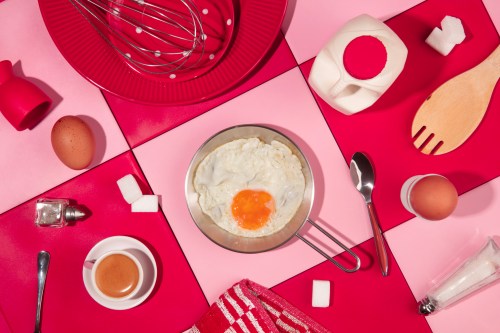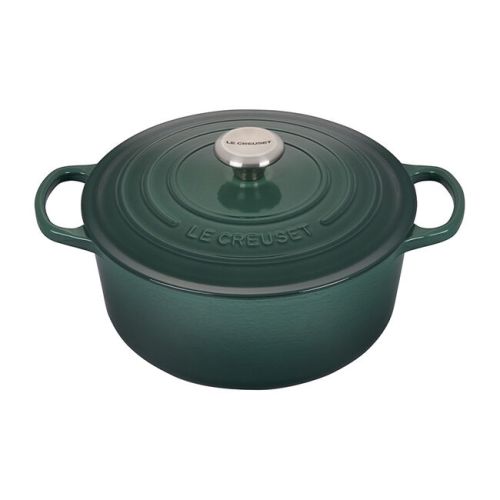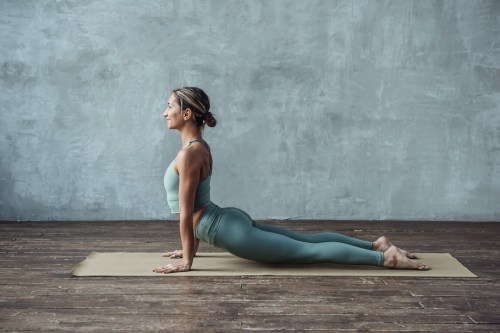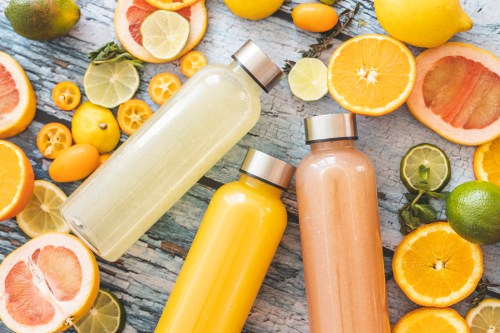Our editors independently select these products. Making a purchase through our links may earn Well+Good a commission
Some people swear by their easy-care nonstick pans, while others love using cast iron, which requires a bit more TLC. When choosing between the different types of cookware materials, sometimes, you have to think beyond preference and use the right tool for the job. Paul Kahan, a James Beard Foundation-award-winning Chicago-based chef, says there’s a time and a place for certain types of cookware.
Experts in This Article
Paul Kahn is a James Beard-award-winning Chicago-based chef.
While using the wrong type of pan can get in the way of getting the best flavor for your dish, it can also be detrimental to the longevity of the pan if it’s used with the wrong type of food. Below, you’ll find Kahan’s guide to choosing the right cookware for what you’re making.
Stainless steel
Stainless steel cookware is Kahan’s go-to—you really can’t go wrong with it. “The 10-inch All Clad saute pan, I have probably hundreds of them in all of our kitchens and they conduct heat incredibly evenly. They heat up fast, they’re incredibly durable. The handles have never come loose, the pans never bow. You can always scrub them, so they look like new,” says Kahan, who is partnered with All Clad. “That All Clad 10-inch saute pan, is sort of the all-purpose pan that you can do just about anything in.”
All-Clad D3 Fry Lid 10-Inch Pan — $100.00
All-Clad D3 Stainless Cookware, 12-Inch Fry Pan with Lid — $130.00
Nonstick
Of all of the different types of cookware materials, nonstick is the one Kahan uses the least. “I really shy away from using nonstick cookware of any type,” says Kahan. That’s because he likes it when his food produces fonds, which is the brown caramelized residue that sticks to the pan. “I’d rather have [food] be burnt than have no color at all in terms of, for me, flavor,” he says.
But, there is a time and a place for nonstick pans, he says. “For me, the only real use for the nonstick would be for cooking eggs,” he says. “You can do an omelet in a black steel French pan, but it’s difficult.” He says to do sunny side up or over-easy eggs in a stainless steel pan with butter. But for omelets and scrambled eggs, use a non-stick pan with a rubber spatula ($9 for set of 3).
He says to be sure that whatever nonstick pan you use isn’t coated with Teflon. “Teflon is scary for me. I would hope that anything that’s bad for you is no longer allowed, maybe I’m paranoid, but nonstick surfaces come up and I’ve read quite a bit about the chemicals that those are created out of being harmful to you,” says Kahan. The American Cancer Society notes that while inhaling the fumes from heated Teflon can cause short-term flu-like symptoms, “there are no proven risks to humans from using cookware coated with Teflon (or other non-stick surfaces).” The below pans from Abbio are Teflon-free.
Abbio Small Nonstick Skillet — $80.00
Abbio Large Nonstick Skillet — $95.00
Cast iron
From a cooking standpoint, stainless steel and cast iron are pretty interchangeable, explains Kahan. The difference with cast iron is the weight and the required maintenance. “Cast iron is clunky. The maintenance is a little more difficult than stainless steel and they’re heavy,” says Kahan. Cast iron cookware is great for heavenly distributing heat and holding on to that heat after cooking. But, the one thing you can’t use your cast iron for is foods with high acidity because the metal reacts to acidity.
“You don’t want to cook tomato sauce in a cast iron pan,” says Kahan. “For me, if I’m going to saute a Dover Sole and I want to do a pan sauce after with lemon juice and Moscatel vinegar and capers and parsley and then finish it with a knob of butter, you do that in the pan because you have all those little crunchy bits from the Dover Sole that are left over in the pan to mix with the sauce.”
Lodge Pre-Seasoned Cast Iron Skillet With Assist Handle, 10.25" — $18.00
Lodge 5 Quart Cast Iron Dutch Oven. Pre-Seasoned Pot with Lid and Dual Loop Handle — $45.00
Ceramic
When it comes to ceramic-coated cookware, Kahan says quality is key. “I can’t really say that there’s ever a good time to use [less-expensive] coated-ceramic cookware,” says Kahan. “I don’t use it. I never have. It doesn’t really serve a purpose for me. It chips.” He turns to Le Creuset. “That comes in the most handy for long-cook stuff, braised stuff. Stews, lamb shanks, anything on the bone,” he says.
Le Creuset Round Dutch Oven, 2 Qt. — $230.00
Le Creuset Round Dutch Oven, 7 1/4 Qt. — $410.00
Oh hi! You look like someone who loves free workouts, discounts for cult-fave wellness brands, and exclusive Well+Good content. Sign up for Well+, our online community of wellness insiders, and unlock your rewards instantly.
Sign Up for Our Daily Newsletter
Get all the latest in wellness, trends, food, fitness, beauty, and more delivered right to your inbox.
Got it, you've been added to our email list.
